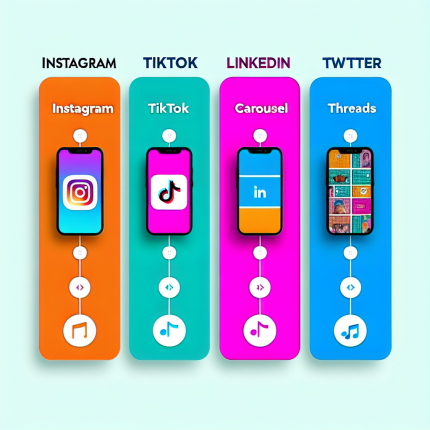Business Design: The Definitive Guide
Business design is all about creating an effective strategy that meets the needs of both the market and the organization. It's about understanding customers, defining business goals, and designing processes that work seamlessly.
This guide will break down what business design entails and why it matters. Whether you’re a seasoned professional or just starting, you'll find valuable insights here.
Let’s explore how effective business design can lead to success and growth in your venture. Get ready to transform your ideas into actionable strategies!
The Elements of Business Design
Business design is not a one-size-fits-all approach; rather, it incorporates various elements that must work together harmoniously. Here, we’ll explore the essential components that play a crucial role in developing an effective business design.
Understanding Your Market
To craft an effective business strategy, first, you must understand your target market. Consider the following points:
- Market Research: Gather data about customer demographics, preferences, and behaviors.
- Competitor Analysis: Evaluate how competitors are positioned in the market.
- Trends and Innovations: Stay updated on industry trends to identify opportunities for differentiation.
Defining Business Goals
Setting clear objectives is vital for guiding your business design process. Here are some actionable ways to define goals:
- SMART Goals: Ensure your goals are Specific, Measurable, Achievable, Relevant, and Time-bound.
- Short-term vs. Long-term: Balance immediate needs with strategic long-term visions.
Designing Processes for Efficiency
Efficient processes are the backbone of successful business design. Components to consider include:
- Workflow Optimization: Streamline operations to reduce costs and improve productivity.
- Technology Integration: Leverage technology to automate repetitive tasks and enhance communication.
Strategies for Implementing Business Design
Successfully implementing business design requires a well-thought-out approach that aligns with your goals and market understanding. Here are some actionable strategies to guide you through the process:
Adopt a Customer-Centric Approach
Focusing on your customers is key to effective business design. To achieve this, consider these steps:
- Empathy Mapping: Create profiles that depict your customers' feelings, thoughts, and pain points.
- Customer Journeys: Map out the customer journey from awareness to purchase, identifying touchpoints that can be improved.
By adopting a customer-centric perspective, you'll enhance engagement and drive loyalty.
Leverage Data for Insightful Decisions
Data plays a significant role in refining your business strategies. Utilize it in the following ways:
- Analytics Tools: Use tools like Google Analytics to track customer behavior and website performance.
- A/B Testing: Experiment with different business models to see which resonates most with your audience.
Data-driven decision-making not only mitigates risks but also helps you adapt to market changes.
Agile Methodology for Flexibility
In today's fast-paced market, agility is essential. Consider implementing an agile methodology to keep your business design relevant:
- Iterative Processes: Break projects into smaller tasks for continuous assessment and adaptation.
- Feedback Loops: Establish mechanisms for gathering customer and team feedback regularly.
Agility allows your team to pivot quickly, ensuring that you remain competitive.
Measuring Success
Evaluating the effectiveness of your business design is crucial for ongoing improvement and growth. To measure success, consider implementing a structured approach that incorporates both qualitative and quantitative metrics. This enables you to gather a comprehensive understanding of your performance.
Key Performance Indicators (KPIs)
KPIs help in assessing the progress of your business design initiatives. Here are some essential KPIs to track:
- Customer Satisfaction Score (CSAT): Gauge how well your product or service meets customer expectations.
- Net Promoter Score (NPS): Measure customer loyalty by asking how likely they are to recommend your business.
- Revenue Growth: Monitor changes in revenue to understand the financial impact of your business strategies.
Feedback Mechanisms
Creating channels for feedback is vital for gaining insights directly from your customers. Consider these methods:
- Surveys and Polls: Regularly ask your customers for their thoughts on your offerings.
- Social Media Engagement: Track comments and messages to understand customer perceptions.
Collecting feedback allows you to fine-tune your strategies continuously.
Ready to take your business design to the next level?
In a rapidly evolving business landscape, business design is a vital tool for success.
Business design empowers you to craft memorable experiences, optimize operations, and build a strong brand identity. It positions your small business to thrive in a dynamic market, meeting customer needs with creativity and innovation.










